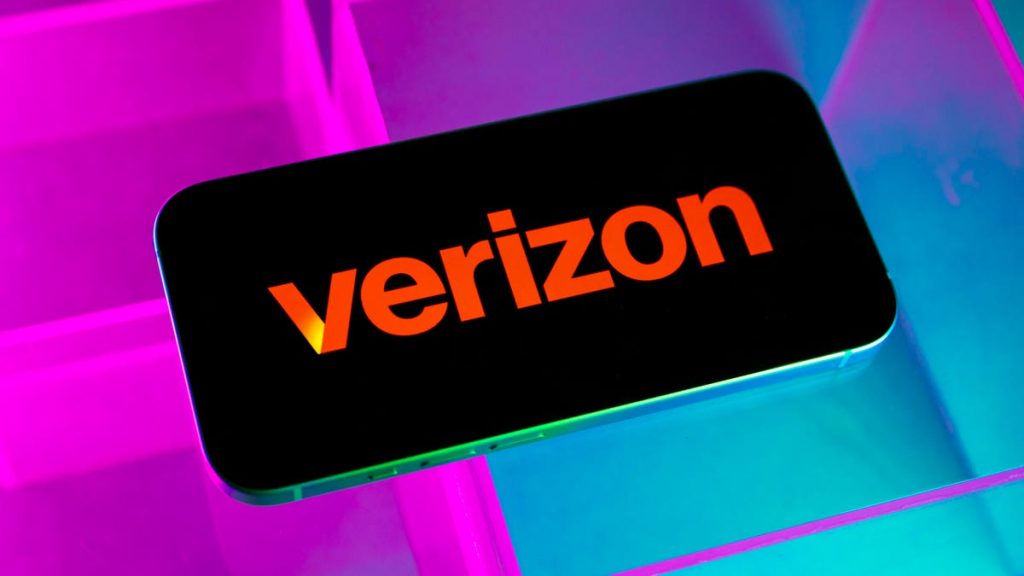Verizon’s recent price hikes, effective February 2024, impact specific customer segments, primarily those with larger family plans and users still subscribed to legacy plans. This move, while potentially affecting a minority of Verizon’s vast customer base, nevertheless raises concerns about affordability for budget-conscious consumers. The adjustments include a $3 per line increase for current myPlan customers with five or more lines, adding a significant cost burden for larger families relying on shared mobile plans. This targeted increase underscores the growing expense of maintaining connectivity for families in an increasingly digital world.
Further impacting affordability are the price increases for customers on the discontinued New Verizon Plan. These users will face a $4 per line increase for single lines and a $15 increase per month for multi-line accounts. Additionally, overage charges are also set to rise, increasing from $15 to $20 per gigabyte. These adjustments represent a substantial financial impact for those still reliant on these older plans, potentially pushing them towards more expensive current offerings. The price hikes for legacy plan users may be seen as a strategy to incentivize migration to newer, potentially more profitable plans.
Verizon’s justification for these price increases centers around continued investment in network reliability and enhanced customer experiences. The company emphasizes its commitment to providing “top-tier products and services” and highlights “ultra-reliable connectivity” as a key justification for the adjustments. This rationale aligns with the broader industry trend of carriers investing heavily in network infrastructure, especially with the rollout of 5G technology. However, the cost of these advancements is increasingly being passed on to consumers, raising questions about the balance between improved services and affordability.
It’s important to note that Verizon isn’t the only carrier implementing price increases. The past year has seen similar moves by competitors like AT&T and T-Mobile, reflecting an industry-wide trend of rising costs for mobile services. AT&T increased its unlimited plan prices by 99 cents per line in January 2024, while both Verizon and T-Mobile implemented price increases on older plans earlier in the year. These concurrent price adjustments suggest a collective effort by carriers to offset rising operational costs and investments in new technologies. Furthermore, both Verizon and T-Mobile encouraged users of older plans to upgrade to current offerings, suggesting a strategic push towards potentially higher-revenue plan structures.
This wave of price hikes underscores a broader issue of affordability in the telecommunications industry. As carriers invest in infrastructure upgrades and expand their service offerings, consumers are increasingly bearing the financial burden. The trend of incentivizing migrations from older plans further reinforces this dynamic, potentially steering customers toward higher-priced options. While improved network reliability and advanced features are undeniably valuable, the escalating cost of mobile services raises concerns about accessibility for budget-conscious consumers and the potential for a widening digital divide.
The impact of these price adjustments extends beyond individual consumers to families and businesses reliant on mobile connectivity. For larger families, the increased cost per line can represent a significant addition to monthly expenses, potentially forcing difficult choices about service usage and budgeting. Businesses, too, may face increased operational costs, particularly those relying on multiple lines for employees. Ultimately, these rising prices raise important questions about the affordability and accessibility of essential communication services in an increasingly connected world. Striking a balance between technological advancement and affordability remains a critical challenge for the telecommunications industry moving forward.

